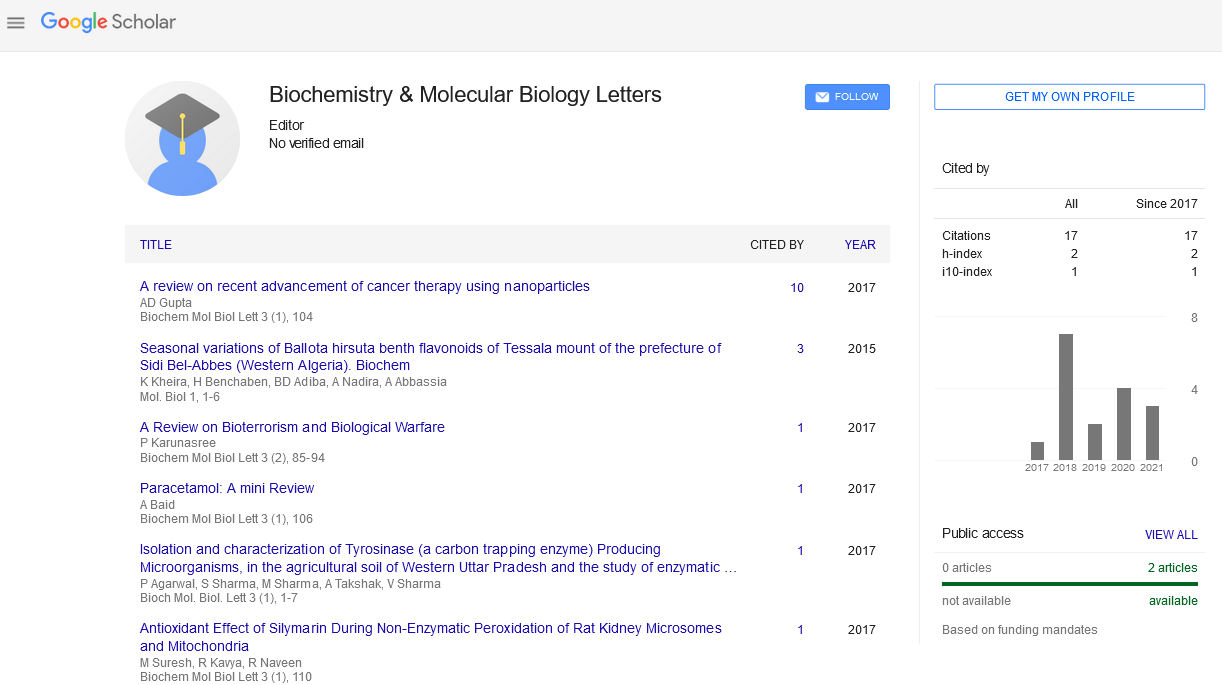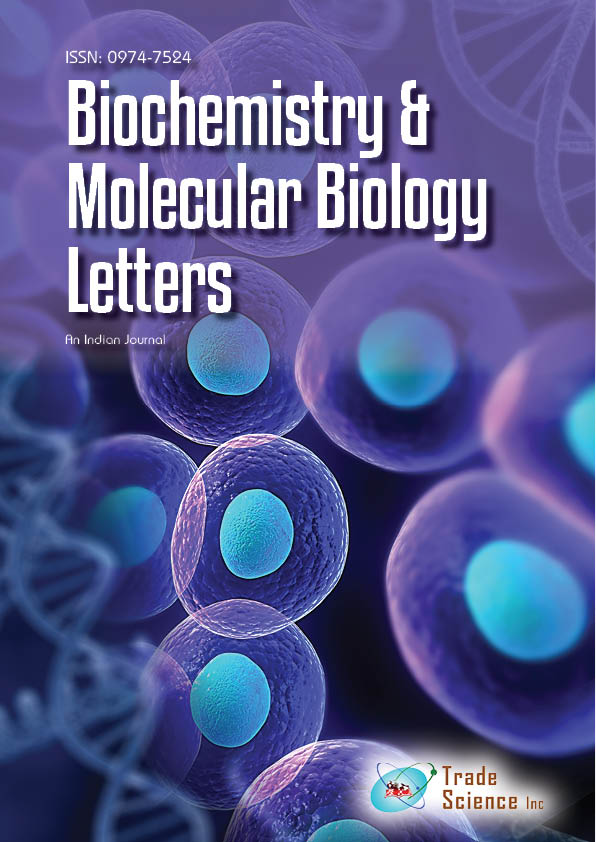All submissions of the EM system will be redirected to Online Manuscript Submission System. Authors are requested to submit articles directly to Online Manuscript Submission System of respective journal.
Modern Chemistry Scopus Indexed Journal
The disposal of large amount of polymer waste is one of the major challenges of this century. Use of bio-degradable polymers obtained from sustainable sources presents a solution to this problem. Poly lactic acid (PLA), a bio-degradable polymer, can be synthesized from sustainable sources as corn, starch, sugarcane and chips. Ring opening polymerization (ROP) of lactide monomer using metal/bimetallic catalyst (Sn, Zn or Al) is the preferred method for synthesis of PLA. However, the PLA synthesized using such catalysts may contain trace elements of the catalyst. These catalyst traces are known carcinogens and as such should be (ideally) eliminated from the process. Continuous reactive extrusion of lactide monomer (using the suitable reaction input has the potential to increase the throughput, and this route has been explored in the literature. In this work, reactive extrusion experiments using stannous octoate Sn(Oct)2 and tri-phenyl phosphine (PPh)3, were considered to perform ROP of lactide monomer using the microwave as an alternative energy (AE) source for activating and/or boosting the polymerization Implementation of a microwave generator in a section of the extruder is one of the novelties of this research. A simulation model of ROP of PLA was formulated to estimate the impact of reaction kinetic and AE source on the polymerization process. Ludovic software was used for the simulation of continuous reactive extrusion of the process. Experimental and simulated results were compared for the validation of the methodology. This work also highlights the advantages and drawbacks of most conventional metal catalysts, the effect of alternative energies on reaction mechanism, and safe and efficient production of PLA.High Impact List of Articles
-
Brief Review on Bioinformatics
Gedela Vamsi Krishna -
Brief Review on Bioinformatics
Gedela Vamsi Krishna -
A Review on Genetic Disorders and Syndromes
Srilatha B -
A Review on Genetic Disorders and Syndromes
Srilatha B -
Advancement in Genomics: A Review
Shatadru Bhattacharjee -
Advancement in Genomics: A Review
Shatadru Bhattacharjee -
Incidence and Prevalence of Breast Cancer in USA
Anitha Sri S and Prudhvi Raj P -
Incidence and Prevalence of Breast Cancer in USA
Anitha Sri S and Prudhvi Raj P -
Helical formation of a 17-residue peptide by molecular dynamics simulations
Hiroki Kimoto, Takuzo KurotsuOriginal Article: Biochemistry & Molecular Biology Letters
-
Helical formation of a 17-residue peptide by molecular dynamics simulations
Hiroki Kimoto, Takuzo KurotsuOriginal Article: Biochemistry & Molecular Biology Letters

